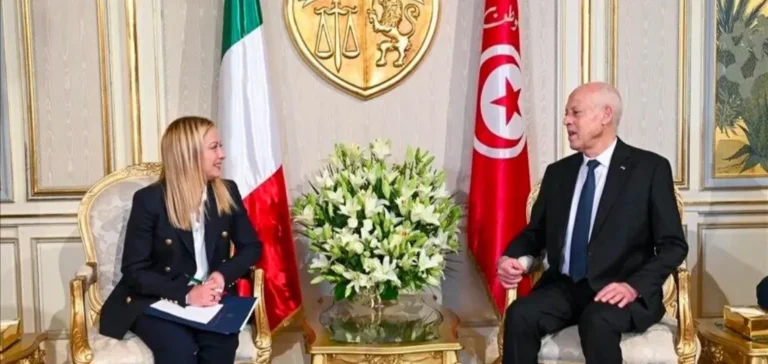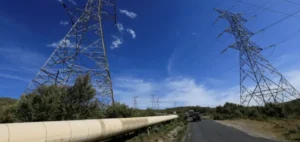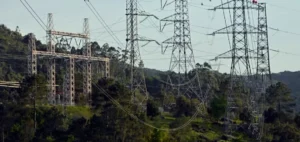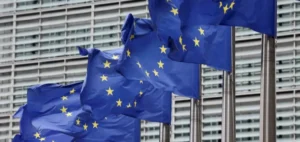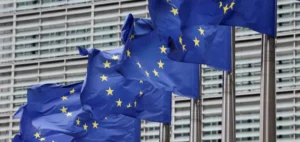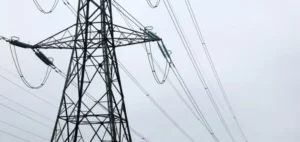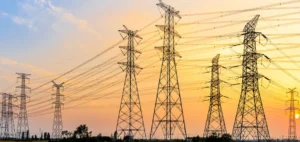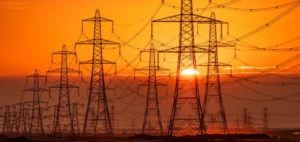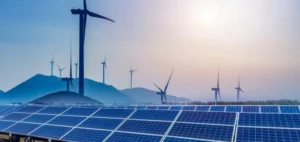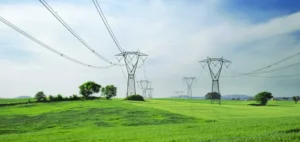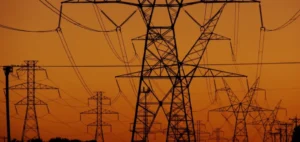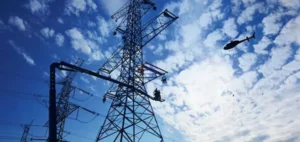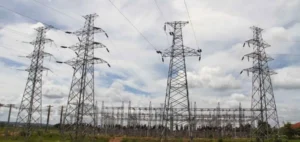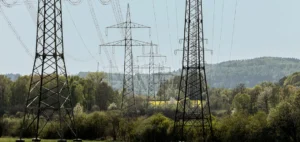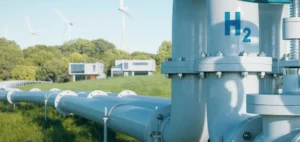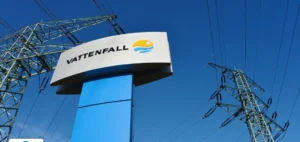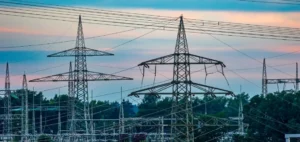Italian manufacturer Prysmian Group has secured a contract worth up to €460 mn ($539 mn) to build a submarine power cable linking Italy to Tunisia. The project marks the implementation of the first energy bridge between North Africa and Europe, as part of the Electricity Link between Elmed (ELMED) interconnection programme.
Awarded following a joint tender by Terna Rete Elettrica Nazionale, the Italian transmission system operator, and the Tunisian Company of Electricity and Gas (STEG), the contract covers the design, production and laying of a high-voltage direct current (HVDC) cable with a capacity of 600 megawatts (MW). The line will connect the Partanna station in Sicily to the Mlaabi station on Tunisia’s Cap Bon peninsula, over a total distance of 220 kilometres, including 200 km laid underwater.
A strategic engineering project for Euro-African interconnection
The infrastructure will cross the Strait of Sicily at a maximum depth of 800 metres, presenting a technical challenge that required advanced marine studies. The project aims to be operational by 2028. It is designed to strengthen electricity capacity and enable bidirectional energy flows between both sides of the Mediterranean.
The European Union (EU) is supporting the initiative with €307 mn in funding, out of a total estimated cost of €850 mn. Other financial institutions, including the European Investment Bank (EIB), the European Bank for Reconstruction and Development (EBRD) and the German public bank KfW, are expected to contribute an additional €125 mn. This multilateral support reflects the strategic importance of the project in securing and diversifying regional power supply.
Growing momentum for bilateral energy investment
The World Bank has approved $268.4 mn in financing for Tunisia to cover part of the costs for the main converter station and associated substations on the Tunisian side. The Green Climate Fund also plans to contribute $25 mn in concessional funds under its Sustainable Renewables Risk Mitigation Initiative.
According to the project’s promoters, the infrastructure is expected to enhance the reliability of Tunisia’s electricity grid during high-demand periods, while enabling future exports of renewable electricity to European markets. Tunisia, which is already developing several solar and wind projects, aims to consolidate its position in the regional electricity market.
Italy’s geopolitical positioning reinforced
Italy aims to improve its energy resilience and establish itself as a key hub for electricity redistribution in Europe. The ELMED connection would allow the country to diversify its import sources while meeting growing demand, reducing reliance on traditional partners.
Raul Gil, Executive Vice President of Transmission at Prysmian, stated that the project “demonstrates the group’s ability to manage complex operations with large-scale technical solutions.” The turnkey delivery includes cable production at Prysmian’s Naples and Nordenham plants, with offshore installation scheduled for 2027.


